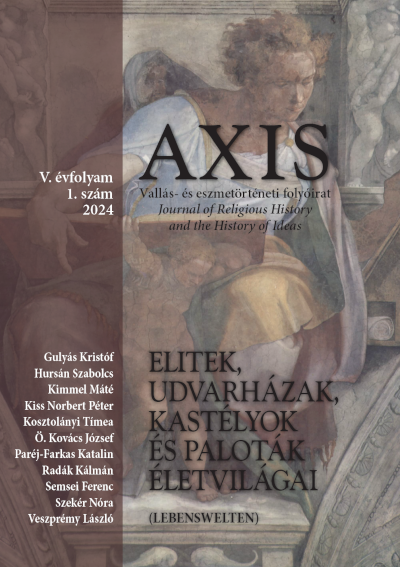Published 2024
How to Cite

This work is licensed under a Creative Commons Attribution 4.0 International License.
Abstract
The tenant farms of the Zirc Abbey estate in the village of Előszállás date back to the mid nineteenth century, but went through a process of continual redevelopment, both economically and socially. The most important element of this was the division of the area into districts and subdivision into tenant farms. Thanks to the conscious development process, by the first half of the twentieth century it had developed into one of the country’s most advanced capitalist economies. The development of the Előszállás farms marked a successful era in the history of the Cistercian Order and the estate, which ended in 1945 with the distribution of land. One of the specifics of the Előszállás estate was that it had to keep in mind that the survival of the Cistercian Order always depended on the profitability of the estate. This study provides an insight into the life of indentured farm officials and tenants living in the farms of the estate. In particular, it attempts to show their remuneration, housing, health care and the schooling of the children living on the estate. It introduces the reader to the working conditions and everyday life of the nearly two thousand agricultural labourers contracted for different jobs on the estate every year.

